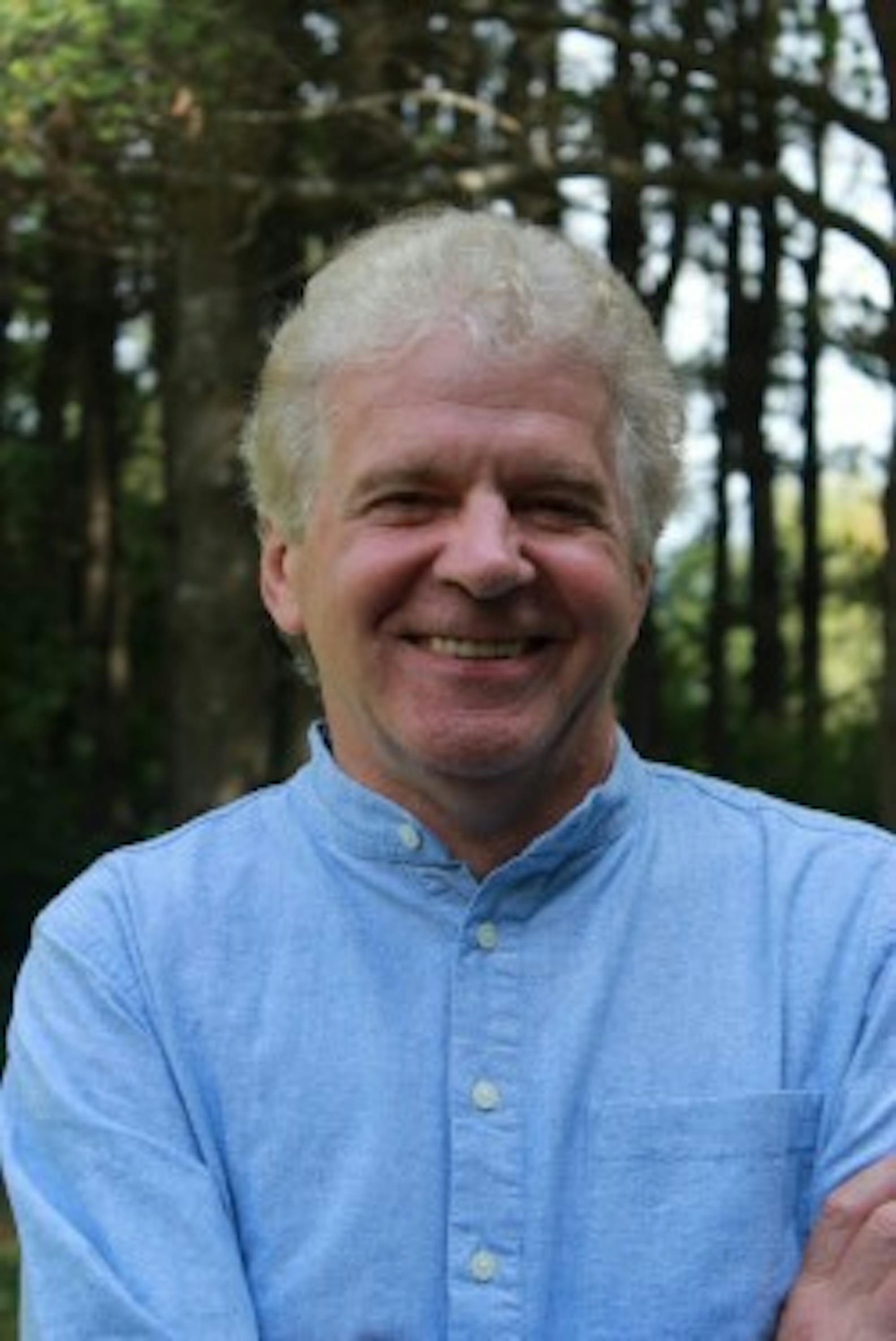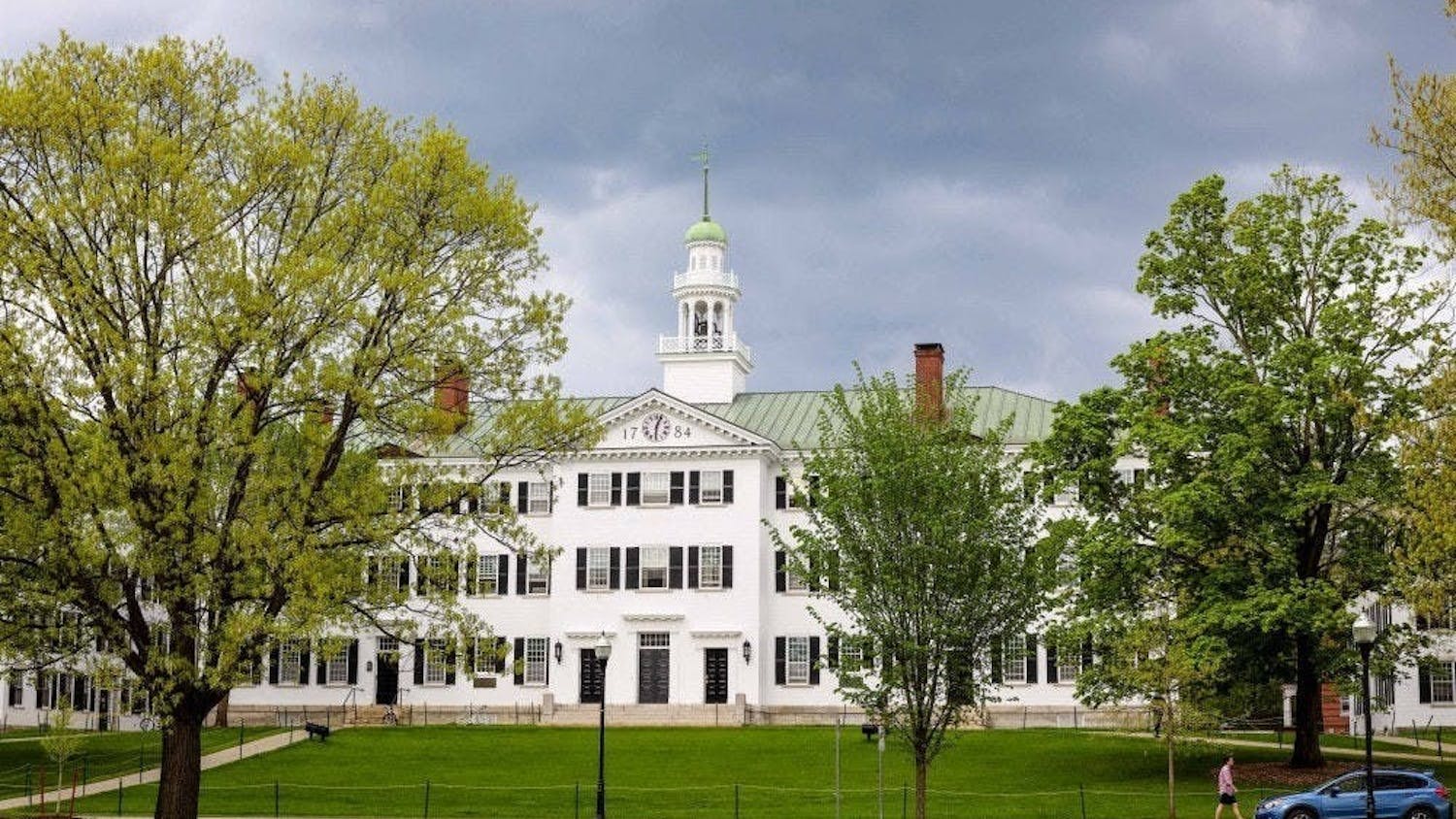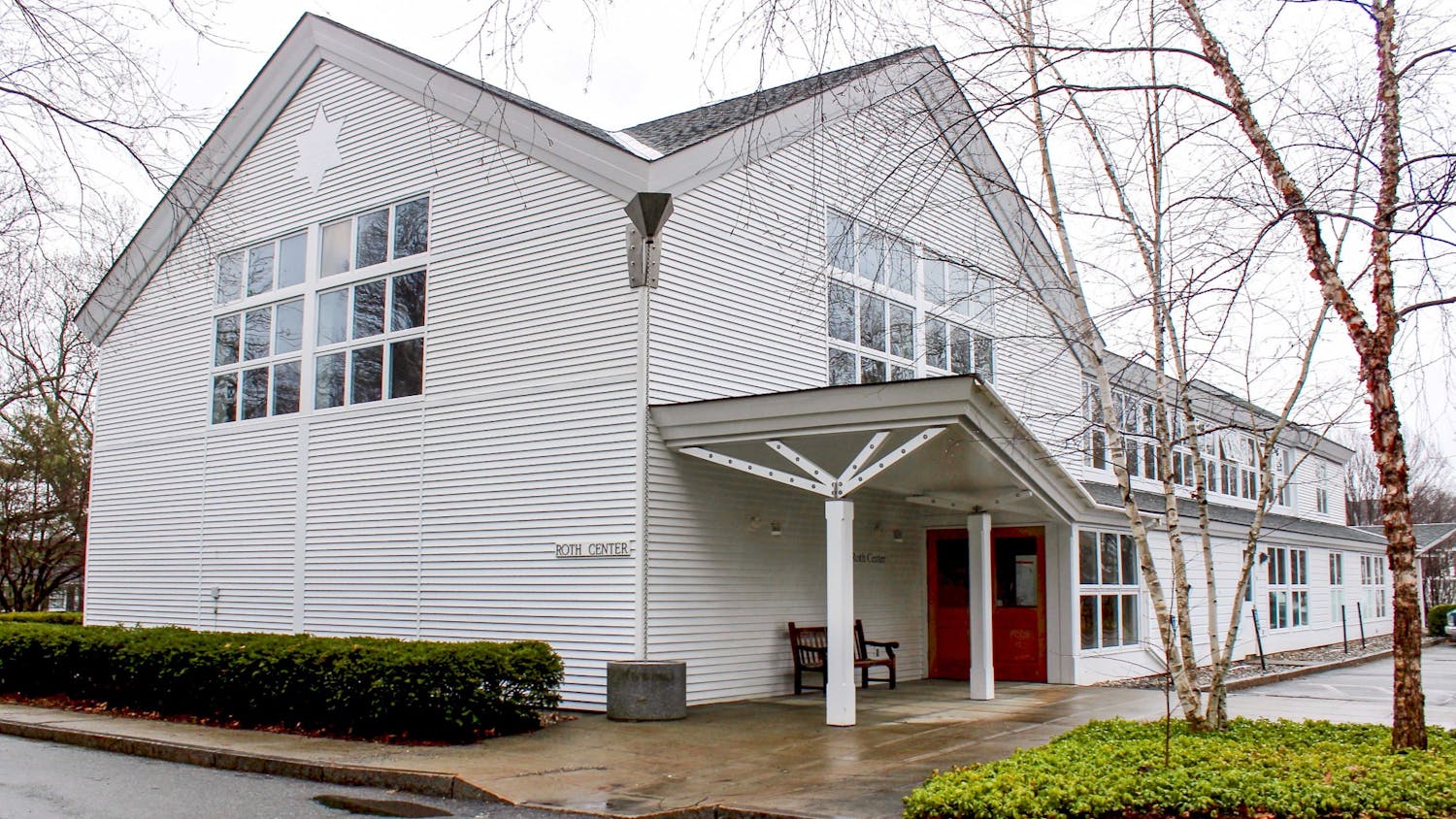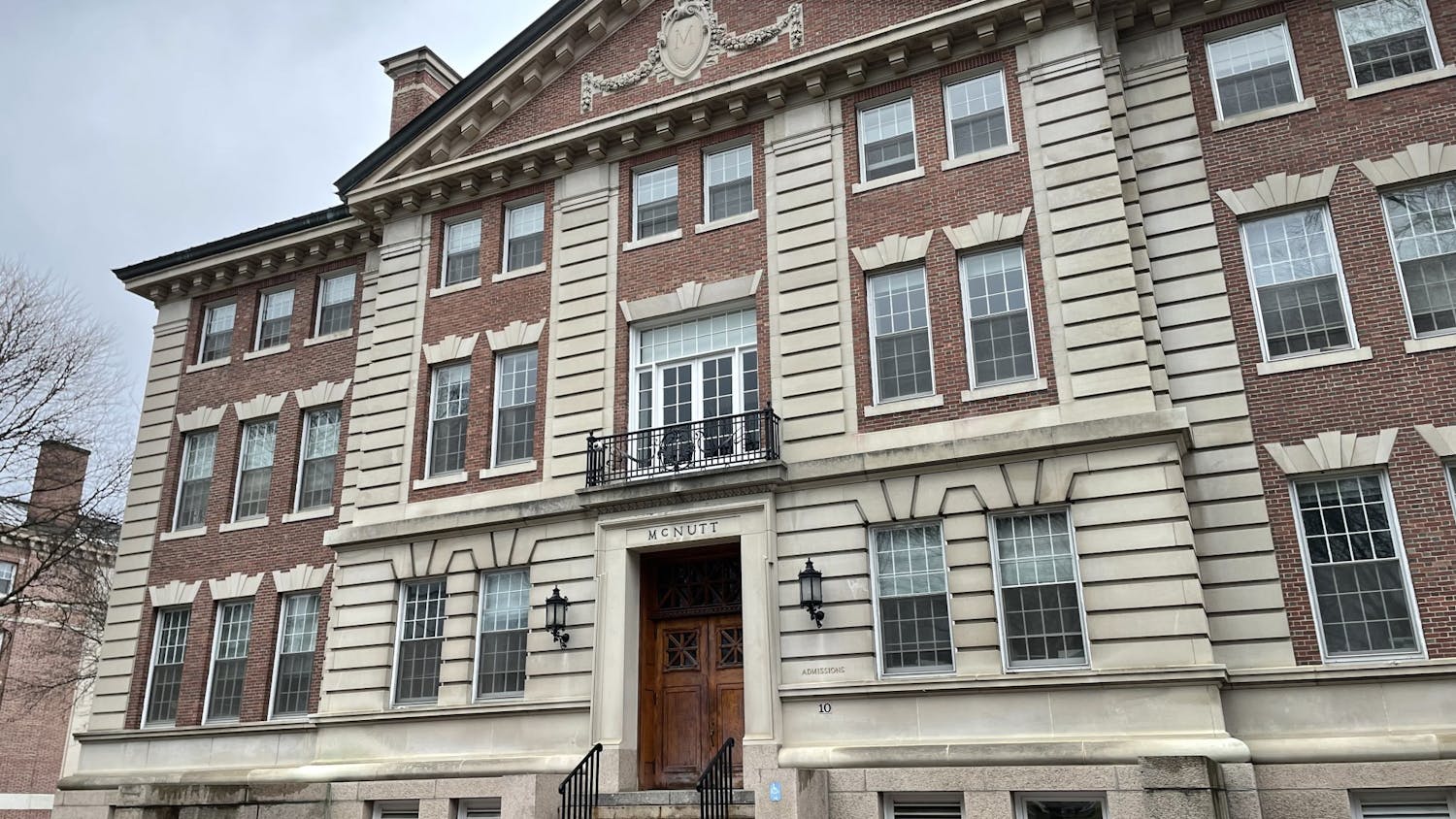History and Native American studies professor Colin Calloway first studied Native American history and relations in his home country, England. He then moved to the United States, where he taught high school English in Springfield, Vermont and then served as associate director and editor of the D’Arcy McNickle Center for American Indian and Indigenous Studies at the Newberry Library in Chicago. Calloway first came to Dartmouth in 1990 as a visiting professor before permanently joining the College in 1995. At Dartmouth, Calloway has produced numerous publications on Native American history on topics such as the history of Native Americans at Dartmouth and the Native American West prior to the expeditions of Meriwether Lewis and William Clark. This term, Calloway is teaching Native American Studies 15, “American Indian & Expansion 1800-1924.” His book “The Indian World of George Washington” will be published in spring 2018.
You’re currently working on a book entitled “The Indian World of George Washington” – can you explain this work a little more?
CC: In a sense, it’s a culmination of lots of years of working on this topic and this period. I think all of us who work in Native American history have been trying for years to get Native Americans into American history. I think one of the things that intrigued me and one of the reasons I got into doing Native American history was that, as a European looking at American history, I was kind of perplexed by the absence of Indian people from United States history when so much of United States history makes no sense without Indian people. So the book that I’m doing on “The Indian World of George Washington” is really an attempt to do that in a way that we haven’t succeeded before. The premise here is that George Washington is American history. He’s probably the most important, iconic figure in American history, the founding father, the first president and all of that, and what I want to show and what I hope the book does show is that Indians are fundamental to the story of George Washington. They intersect in his life at important points and therefore, by extension, are fundamental to the story of the early republic, the founding of the nation and thereby demonstrating the centrality of Native Americans to American history. In that sense, I’m using George Washington as a vehicle to get Indians into U.S. history.
What do you hope students glean from your classes and from your work?
CC: I want to provide students with information that equips them to rethink American history. And by that, I don’t mean that what was white is now black, what was good is now bad and turn everything on its head, but rather to appreciate that this is a history with lots of players, and among those players and among the most important players are Native American people. And to include Native Americans in American history does not mean that you have to turn U.S. history on its head and understand it or teach it or write about it in completely different ways. That I think is my point with the book on George Washington – that even Washington’s life as we know it includes Native people and Native American land and he’s concerned with Native American people. The narrative we have makes more sense if we include Native Americans. A lot of what we do in history, of course, is to try to understand why things are the ways they are. Sometimes, in a glib and easy glance to the past, we miss a lot of what was actually feeding into the construction of that history.
What changes have you noticed in the study of Native American history at Dartmouth since you first taught here in 1990?
CC: In the kind of work that’s being done at places like Dartmouth, there’s been tremendous progress; people are doing far more sophisticated and nuanced considerations of the fabric of early America and recognizing that Native Americans are an important part of that fabric. I do think, however, that outside of academia, not that much has changed.
Recently, there was a book published by a number of colleagues of mine called, “Why You Can’t Teach United States History without American Indians.” Thirty-plus years ago, when I was at the Newberry Library in Chicago, I was involved in a series of conferences on that very same theme. So the fact that we are trying to push that idea means that standard narrative of United States history is pretty resilient. And of course, Dartmouth has its own Native American history, which goes back to its foundation. It’s a history that’s complicated, and it’s often troubled, and it’s not always a positive story. Certainly, there are more Native students here than there were when I came, The Native American studies program is much bigger than it was when I came, and I hope that awareness, understanding and sensitivity to Native American issues is better than it was when I came.
You mentioned that Dartmouth’s Native American history has not always been positive, can you elaborate on what you meant by that?
CC: On occasion and too often, the College has failed to provide an environment in which the Native students, which it invites to come here, feel that it is a place for them to learn. And what I’m talking about is the appearance of Indian mascots, expressions of anti-Native sentiment and Native American caricatures. One of the things that I have seen in my many years here is that when those incidents occur, they are damaging to some of our Native students. I think that the College climate has improved. It hasn’t improved steadily – it’s a lot better than what it has been, and I hope that it continues to improve.
You’ve used the terms “Indian” and “Native American” – do you view these terms as interchangeable? I have always thought that “Native American” is the more correct term to identify these groups.
CC: They’re both terms that describe multiple groups of people. They’re categories, so they’re both imperfect and problematic. I think it depends on who you ask. I teach in Native American studies, and most of my colleagues are native. Years ago, we thought about changing the name to “American Indian studies” to distinguish ourselves from the Native American program. Here at Dartmouth, I think “Native American” is the term of preference. When I was living and teaching in Wyoming, Indian people there called themselves “Indian people.” My preference is to put the emphasis on people: Native American people, Indian people, or, in Canada, First Nations people. I use it interchangeably.
You wrote in 2010 in the Dartmouth Alumni Magazine that Dartmouth is “an institution that recognizes the value in diversity.” How do you define diversity, and what would you like to see Dartmouth change in regard to diversity?
CC: I think that any Ivy League institution and any liberal arts college has to keep pushing to ensure that students, the faculty — the people here — reflect the composition of the country. That is something that’s not about political correctness, it’s not about filling quotas. It’s about the mission of the work that we do: where the exchange of ideas and the conversations and dialogue from different perspectives and experiences bring different understandings — that’s crucial to what we do. I’m not sure that I have a prescription for what Dartmouth should be doing, except that it needs to sustain and maintain its commitment and trajectory of diversity that it seems to have been on for the 25 years that I’ve been here.
This interview has been edited and condensed for clarity and length.
Alexandra is a ’20 from New York and is unsure of what she plans to study, but has interests in neuroscience, geography, and human-centered design. Alexandra has written for The D since her freshman fall, and she enjoys meeting people and learning about various groups on campus through her articles.




